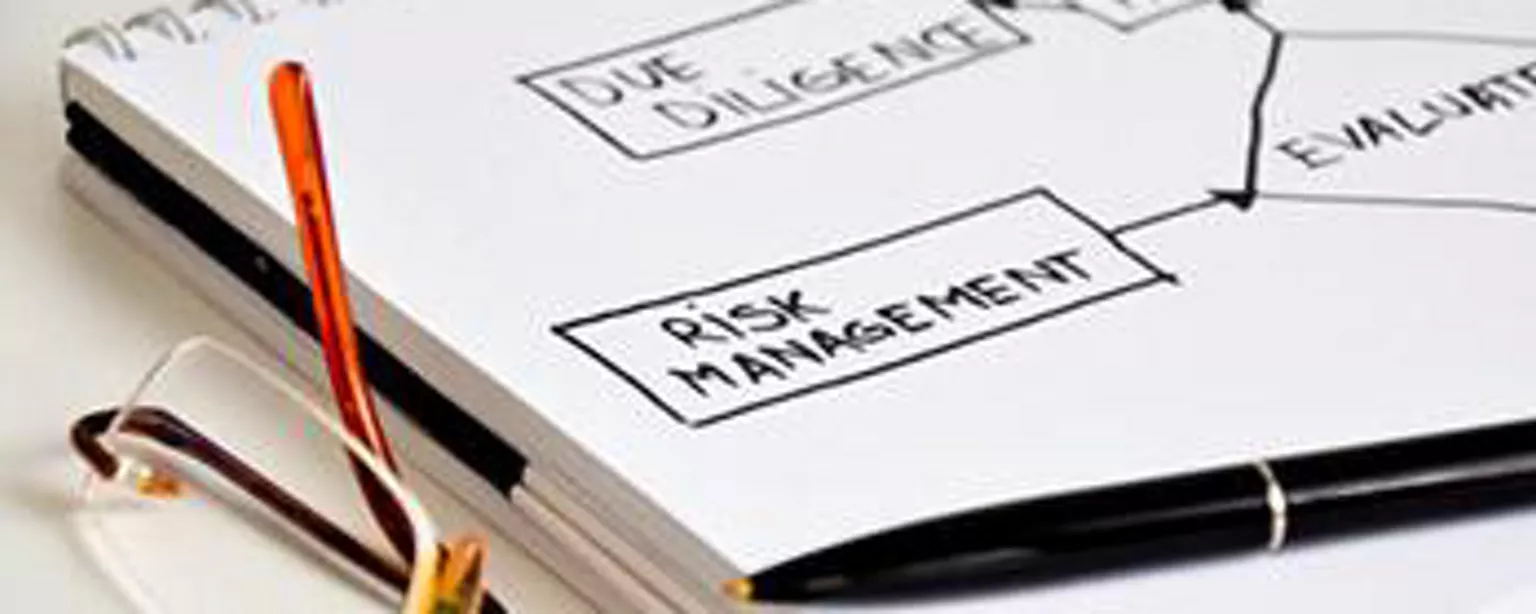Enterprise risk management (ERM) demands specialized expertise. But that doesn’t mean you would be expected to focus only on narrowly defined areas of a company if you worked in risk management consulting.
There are many specialties within ERM. Most risk management consultants have skills and experience that fit within their chosen area. You’ll find many of these professionals have a background in accounting, business administration, economics or mathematics.
If you pursue this avenue of consulting, you can expect to be called upon to collaborate with colleagues at all levels of the client’s organization, and gather input from all departments and business lines.
Following is a look at what a typical workday in risk management consulting might entail:
8 a.m. – Maintain risk awareness
You arrive at the office, grab a fresh cup of coffee, and review the latest developments on issues that could create risk for the company you are working for — or for the specific industry in which that organization operates.
Regulatory compliance requirements change constantly, for example, so that is one area you will likely need to monitor for clients. If the company has global operations and interests, surveying the global risk landscape for possible red flags may be one of your daily responsibilities.
You may also need to consider the potential impact certain risks could have on business continuity, if they were to transpire. Fast-growing companies, businesses preparing for an IPO, and companies pursuing merger or acquisition deals also have to be mindful of a wide array of potential risks that could hinder their long-term success and profitability.
To stay up to date on risks and related issues that are top of mind for many organizations today, look to professional journals, blogs, white papers and reports, such as Protiviti’s Executive Perspectives on Top Risks publication (developed in partnership North Carolina State University’s ERM Initiative). These resources can also offer insight on possible ERM solutions to address key risks, and how such strategies can be custom-tailored to your client’s needs and culture.
Looking for consulting projects and positions? Explore our site.
9 a.m. – Deliver risk advice
You meet with the finance department (perhaps grabbing one more cup of coffee along the way) to review long-term forecasts and determine the correct mix of financing to meet the future needs of the business.
ERM professionals are responsible for developing plans to mitigate the risk areas assigned to them by upper management. To do so, you may need to collaborate with business analysts working for the organization either full time or as consultants.
10 a.m. – Report risks to management
It’s midmorning — and time to deliver your presentation to upper management on key business risks, including lessons learned from past experiences, models on possible scenarios and steps to mitigate risks. This is where you can apply your strong communication skills, which enable you to present analysis and data to others who might not have as much experience with the technical details.
Noon – Check in with business units
During a working lunch you meet with the head of the company's manufacturing division. The latest product is experiencing production delays that are having ripple effects throughout the entire organization. After asking some probing questions, you find out that most of the delays are due to a minor component that is failing quality control. You come up with a plan to find a different supplier and ramp up production to get the project back on track.
As a risk management consultant, you must be able to analyze risks at multiple organizational levels and assess the impact these risks will have. Feedback from every segment of your organization is crucial in maintaining effective risk management.
2 p.m. – Consult in-house risk professionals
After lunch, you attend a meeting with the risk management team members. You need to ensure the company is developing institutional knowledge and documenting procedures.
After listening to the staff share updates on their respective spheres of responsibility, you realize the company is not collecting lessons learned from projects and, because of this, the same mistakes are being repeated. The in-house team agrees to collect, compile and present lessons next week.
3 p.m. – Develop risk strategy
In your role, you continuously analyze and re-evaluate the organization’s risk matrix. On this hypothetical workday, you update your risk strategy to include a process for identifying backup suppliers to help mitigate future risks similar to the one you handled at lunch.
5 p.m. – Wrap up and prepare for tomorrow
After sending out a detailed write-up on the costs incurred due to production delays, which you learned about in your 2 p.m. meeting, you review your calendar and see what new challenges are in store tomorrow.
ERM professionals are in demand and play a crucial and respected role in organizations. As a risk management consultant, you may be called upon to wear different hats on any given day, and you should be prepared for challenging but rewarding work.








